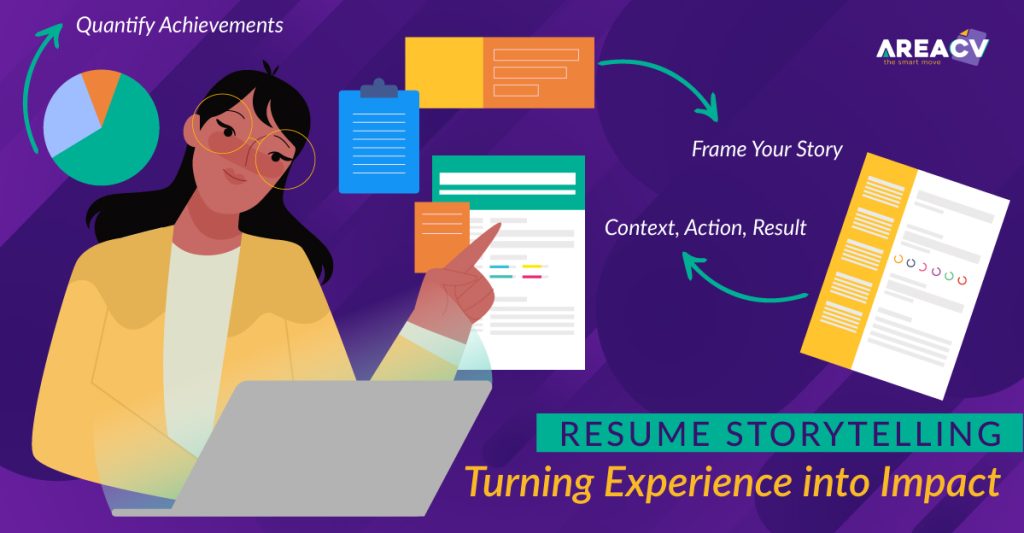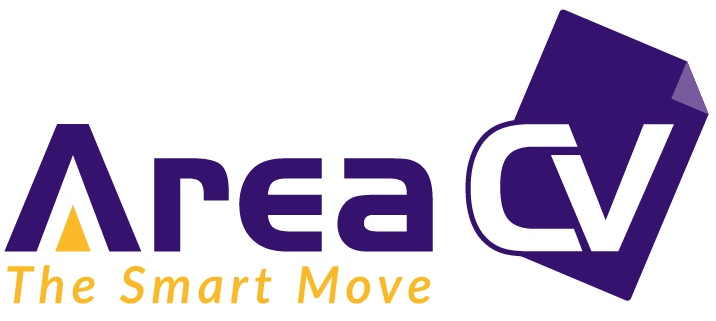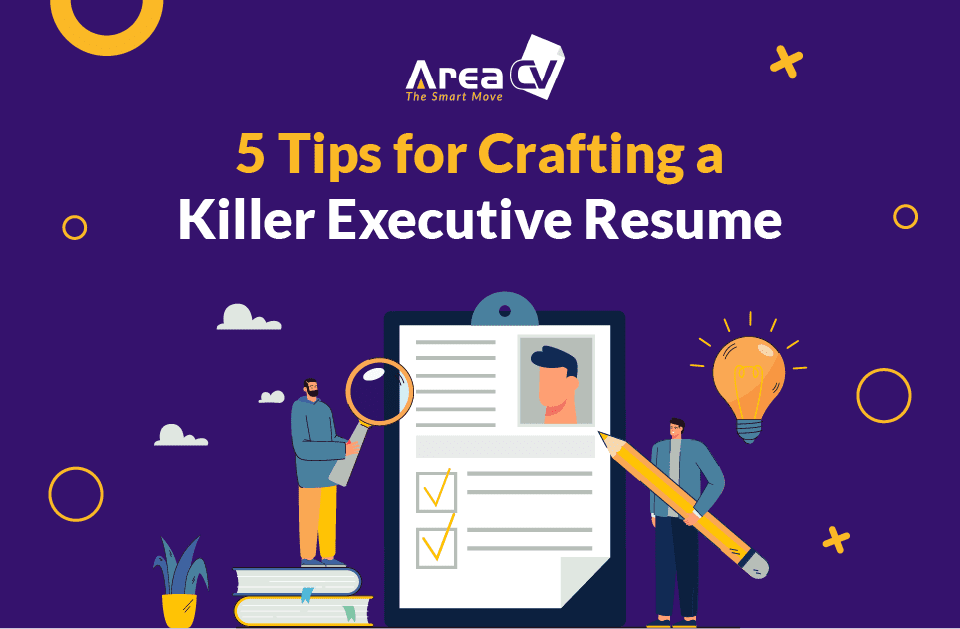
Resume Red Flags: Common Mistakes That Sabotage Your Job Hunt
April 24, 2025
A resume is an art of storytelling about how you started and what you conquered. Resume storytelling is a process of converting a generic resume into a value-added spectrum of your accomplishments and value propositions. Adding your job titles, company name, and your routine tasks will not leave an impression on the recruiters, especially when you are applying for higher-level positions. By turning your experience into impact-driven statements, you can showcase not just what you’ve done, but what it contributed and what you will contribute to your next employer.

The Storytelling Approach
The process involves transforming your experience into a compelling narrative that highlights your impact and makes your contributions stand out. For example, rather than saying, “Responsible for managing company routine sales operations,”—a passive description that lacks context and measurable outcomes—a storytelling approach would be more effective:
“Increased company sales by 10% by analyzing customer purchasing trends, streamlining the sales pipeline, and launching a targeted outreach strategy that boosted client retention and upselling opportunities.” This version not only quantifies the achievement but also explains the strategies behind it, demonstrating initiative, problem-solving, and results-driven thinking. For recruiters, this is crucial—it helps them quickly understand the value you bring to an organization, how you think, and what kind of results they can expect if they hire you. It’s not just about what you did; it’s about how you made a difference.
Importance of Storytelling on a Resume
For centuries, it has been proven that storytelling interests people most. Human brains retain narratives better than facts alone, which means a resume grounded in storytelling is more likely to resonate with a hiring manager. When you address how you resolved the problem, boosted business sales and profits, and recruited a top-performing workforce, you provide context, emotion, and purpose —three things that can make a key difference.
Instead of putting tags on yourself, such as an ‘’excellent leader’’, you should give real-life examples of your good leadership. You should show it through a story of how you developed an underperforming team and successfully delivered a failing project under your leadership.
From Job Description to Personal Impact
Professional experience is the crucial part of your resume, where recruiters are looking for evidence of you being perfect for the role. Therefore, you must make sure you highlight value-added information instead of simple text. To simplify this, always remember the CAR rule: Context, Action, and Result.
Context: What issues, tasks, or goals were you facing?
Action: What did you do to address it?
Result: What was the measurable outcome or benefit?
Let’s take a basic bullet point: Responsible for organizing company events.
Now, turn it into a story: Spearheaded planning and logistics for quarterly company events, boosting employee engagement scores by 25% and enhancing interdepartmental collaboration.
Spot the difference? The second version provides a fuller picture, showcasing leadership, initiative, and a measurable result.
Quantify Wherever Possible
Quantify? Add numbers where they are applicable. Do not beat about the bush; instead, impress with the facts. Whether it’s saving time, increasing revenue, reducing costs, or improving performance metrics, numbers add credibility.
Instead of mentioning: Supervised the team for company improvement.
Address: Directed a team of 20 members, provided continuous development training, and aligned members’ skills with business goals that resulted in a 15% improvement in workflow.
You might not have numbers for each task, but try to recall your work experience and add as much as you can. Be mindful of stating facts, nothing made up, because this might lead you to the interview, but not to the role.
Use Power Verbs to Drive the Narrative
Always start with a verb. This is the first and foremost important rule of creating a concrete resume. Verbs define what action you take, but the choice of verbs depends on the role you are applying for. If you are applying for an internship, you cannot use words like directed, led, pioneered, and all because this makes you an overqualified candidate. Use stronger verbs when you are applying for higher roles than a graduate-level role.
Words like responsible for, accountable for, handled, and involved in can toxicate the overall impact of your career journey. These words do not define a proper action; instead, they just show what you were assigned to do.
Words like spearheaded, led, implemented, accelerated, revitalized, and orchestrated are far more dynamic than passive phrases.
Storytelling in the Summary
This is the top section of your resume and the prime real estate. Use it to frame your story from the start. As an alternative to a generic headline like Marketing Professional, consider:
Growth-Focused Marketing Strategist | Proven Record in Driving Digital Engagement & Brand Visibility
And in your summary, focus on the brief introduction of your career. Remember this section is different than professional experience. Do not add your routine operations; instead, go for a bigger picture. Such as:
Dynamic marketing strategist with 8+ years of experience translating data into award-winning campaigns. Known for marrying creativity with analytics to drive consistent brand growth and customer engagement.
This sets up the reader to view the rest of your resume through a narrative lens.
Tailor the Story to the Audience
Using one resume for a different role is just like you are telling someone else’s story, not exactly what is needed to be seen. Remember, every industry and role is different and has a different target audience. Always alter your resume based on your next career goals by changing the summary section, optimizing relevant keywords, and highlighting relevant work experience. Your career story will not change, but will be amended as per the next move.
For instance, if the job emphasizes innovation, highlight times you introduced new systems or processes. If leadership is key, focus on moments when you guided a team or mentored others.

Final Thoughts: Your Resume as a Living Story
You will not be directly meeting with all the employers on the first go; your resume will. With resume storytelling, you control the narrative. You decide how your experiences are interpreted, and you frame your value in a way that resonates. So next time you update your resume, think like a storyteller. Don’t just list what you did—show why it mattered. Because in the end, the right story told well is what gets you noticed, remembered, and hired.



